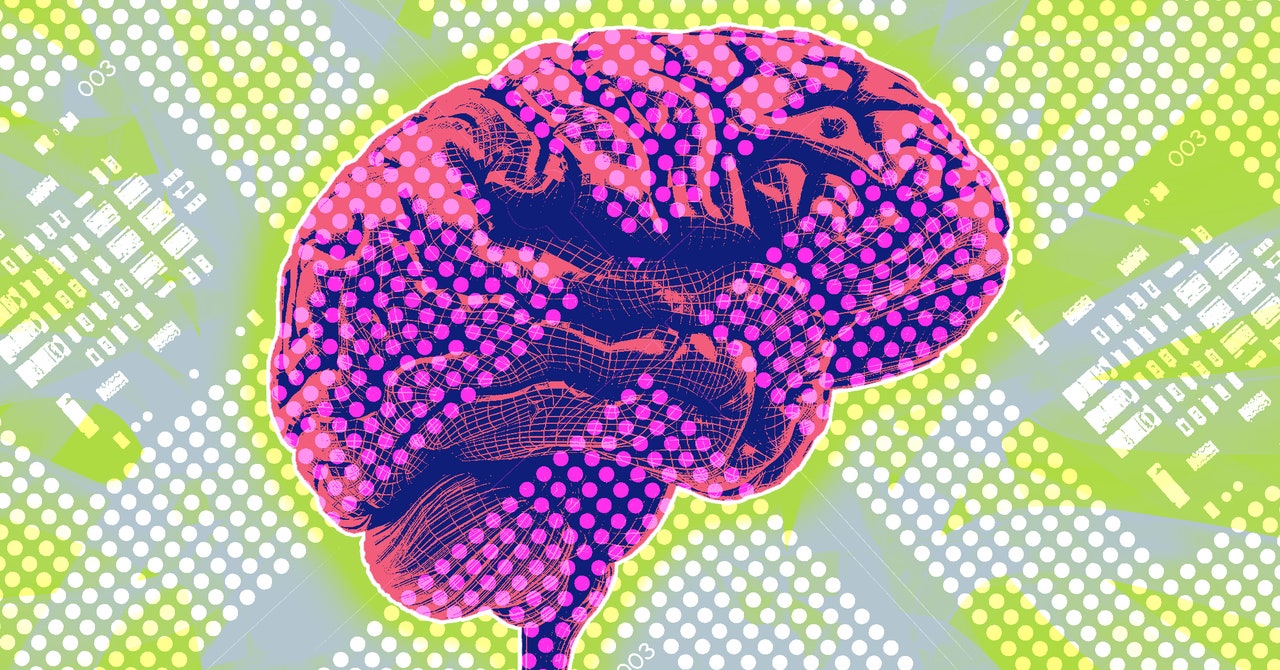- cross-posted to:
- health@lemmy.world
- technology@lemmy.world
- cross-posted to:
- health@lemmy.world
- technology@lemmy.world
In September, Elon Musk’s brain-implant company Neuralink announced the much-anticipated news that it would start recruiting volunteers for a clinical trial to test its device. Known as a brain-computer interface, or BCI, it collects electrical activity from neurons and interprets those signals into commands to control an external device. While Musk has said he ultimately wants to merge humans with artificial intelligence, Neuralink’s initial aim is to enable paralyzed people to control a cursor or keyboard with just their thoughts.
Rival efforts to connect people’s brains to computers are also moving forward. This year, Neuralink competitor Synchron demonstrated the long-term safety of its implant in patients. Other startups tested novel devices in human subjects, while new ventures came on the scene.
“It can definitely feel like a breakout year, but in fact it’s the result of decades of work in academia,” says Sumner Norman, a visiting researcher at the California Institute of Technology who’s also the cofounder and CEO of Forest Neurotech, which launched in October. “I think we’re really just starting to feel the effects of that exponential growth.”
The origins of BCIs stretch back to the 1960s and 1970s, when the first ones were tested on lab animals. As researchers began to understand the brain better, these systems evolved to be more sophisticated, allowing paralyzed people to move robotic arms, play video games, and communicate with their minds. Once a largely academic pursuit, BCIs are now of interest to a growing cadre of companies that have emerged since Neuralink’s founding in 2016.



I can’t think of anything I’d want to do less, than have any corporation or government insert a microchip into my brain. Like, I have a lot of trust and confidence in the science, but I have zero trust in the people who control it.
It’s pretty tragic that I believe a matrix style virtual utopia is possible in every sense of the word, but I couldn’t ever trust anyone with that level of power and control over my reality.
Not just that, imagine having to have invasive brain surgery every few years when it’s time to upgrade, or malware that you literally can’t escape from. Or even just the usual software bugs would be a lot more annoying if it’s physically plugged into your brain
I think the ideal solution will be to have some sort of universal interface and then keep most of the tech on pluggable devices. Though even that will likely mean upgrades to the interface eventually.
The sad thing is that this type of technology could be a huge boon for people with physical disabilities and even provide some amazing capabilities to non-disabled individuals. But, the advantages will almost certainly be fucked up by greed.
What about some sort of optical interface? Then we could have all the smart tech in another device and transmit the information wirelessly!
Jokes aside I agree with the disability side of things, however I still think those would be better as standalone implants that don’t need internet connectivity etc
“In order to have 50% fewer ads in your dreams, please subscribe to Neuralink Premium. Only $15.99/month!”
No… they drop the adds when you’re awake. They harvest your dreams to source new scripts for reality TV
I’ll bet the stupidly expensive surgery could be subsidized if we just let them do some light advertising. Maybe just when our eyes are closed so it doesn’t interfere when we need to see.
Like in our dreams?
You opened that email? And your brain chip was synced to your device??
You shouldn’t.
Animal Testing Mess (click to read)
In other words, human error. That wasn’t what the person you responded to was talking about when they said they trust the science.
deleted by creator